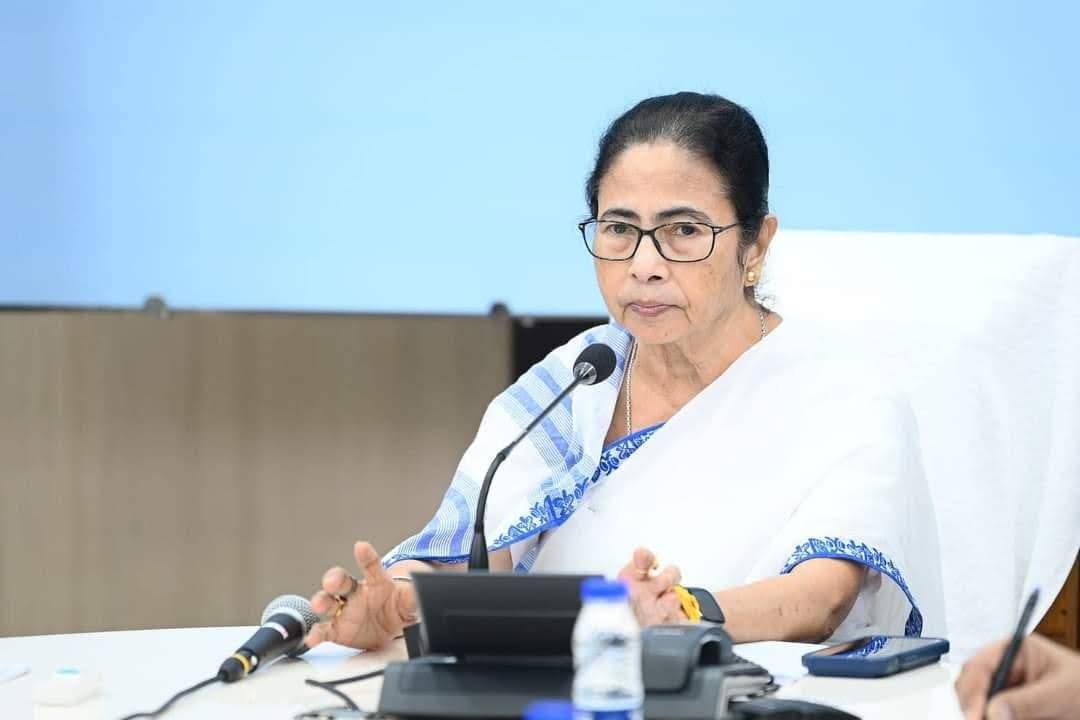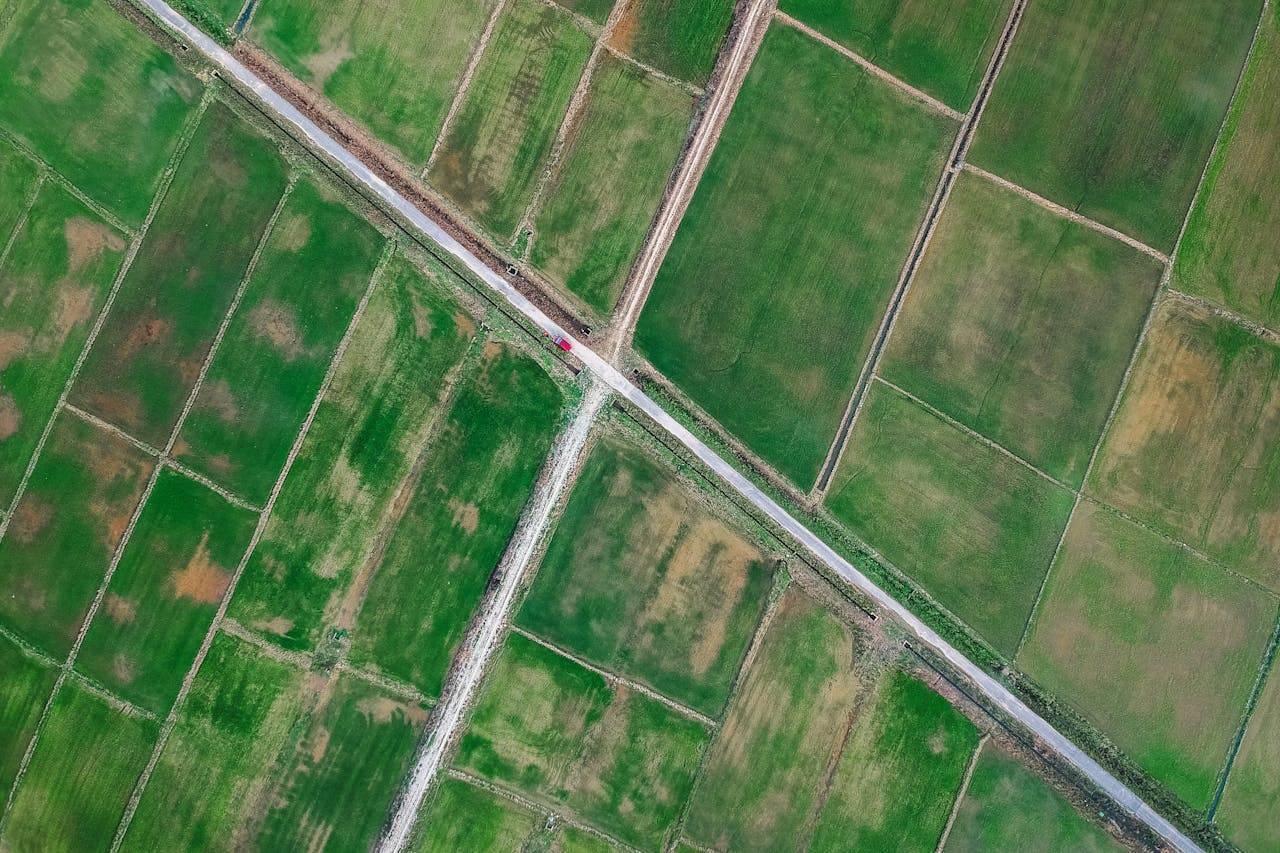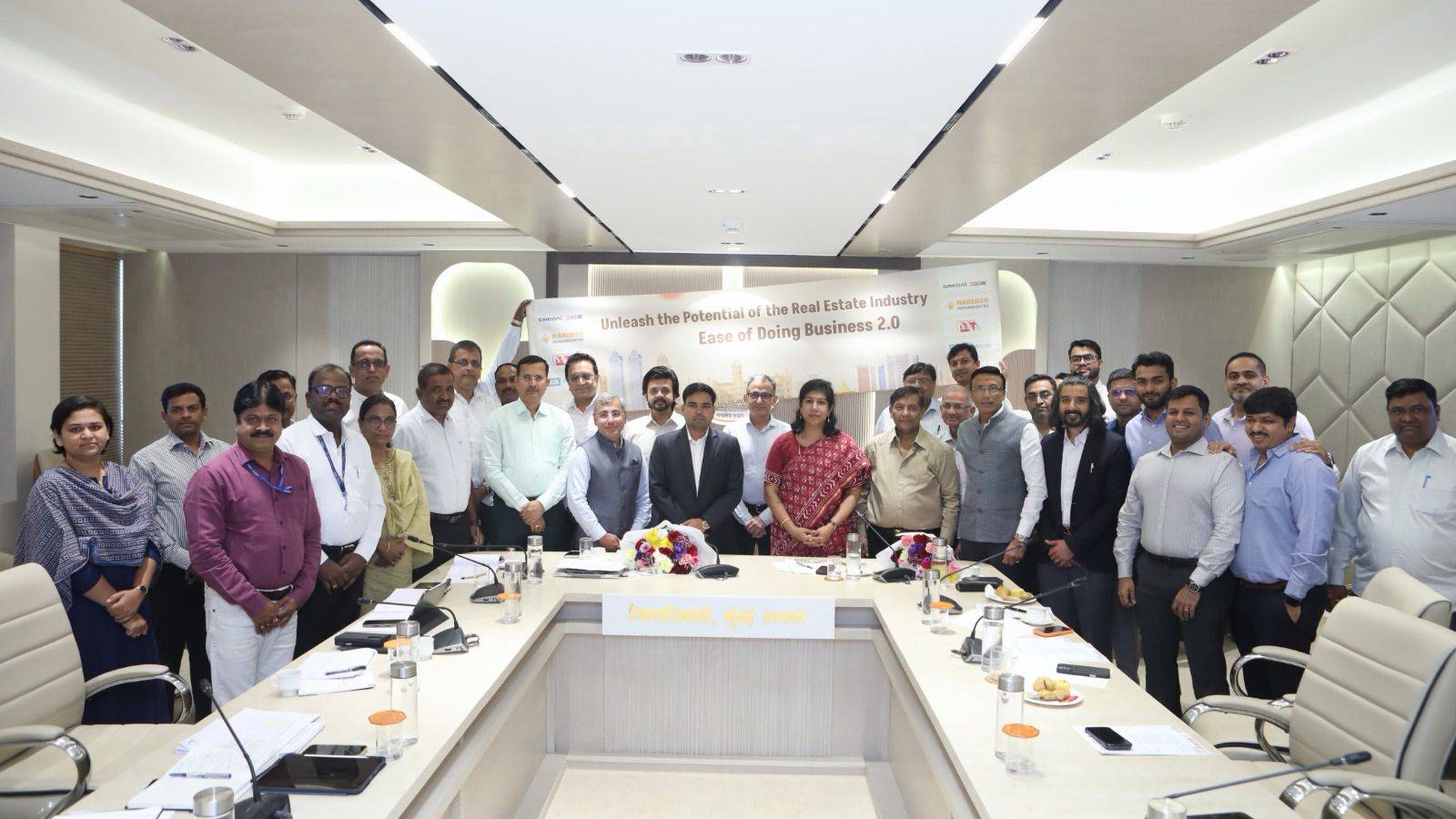The Bengal government is poised to introduce a new rural housing scheme by December-end that aims to offer more flexible eligibility criteria compared to the Pradhan Mantri Awas Yojana (PMAY). This scheme is expected to grant Rs 1.2 lakh to eligible beneficiaries in three instalments, targeting a broader spectrum of citizens, especially those who face exclusion from PMAY due to stringent eligibility requirements. The Bengal initiative will support citizens who may have previously applied for PMAY but were denied assistance, ensuring housing aid for an estimated 12 lakh residents across the state.
During a recent meeting, Chief Minister Mamata Banerjee, alongside panchayat minister Pradip Majumdar and agriculture minister Shobhandeb Chatterjee, discussed the scope of the new housing scheme. The primary focus of the discussion was the aftermath of Cyclone Dana, which significantly impacted the state, displacing families and damaging homes. The scheme is expected to expand eligibility, allowing two-wheeler owners and individuals with partially concrete homes—groups currently ineligible under PMAY—to access the grants. Additionally, priority will be given to elderly citizens, people with disabilities, women-headed households, and those whose homes suffered disaster-related damage, such as the recent cyclone.
This decision comes amid ongoing tensions between the state and central governments regarding the release of PMAY funds. The Bengal government has accused the Centre of withholding funds for over 11.3 lakh applicants, citing an alleged lack of thorough background checks in the applications. In response, the state government has chosen to fund its rural housing scheme independently, similar to its approach for supporting National Rural Employment Guarantee Scheme (NREGS) beneficiaries who have faced similar issues. The Bengal administration aims to allocate state resources to bridge the gap for PMAY applicants who remain unserved.
Following the Chief Minister’s meeting, a separate briefing was held by panchayat secretary P Ulganathan to inform district officials about the guidelines and implementation of the new housing scheme. Officials discussed how the grants could be applied toward both the reconstruction of damaged houses and the construction of new homes. Technical assistance will be available to ensure these homes incorporate disaster-resistant features, especially in coastal and flood-prone areas. Local panchayats will play an instrumental role in identifying beneficiaries and streamlining the application process, with Block Development Officers (BDOs) tasked with conducting regular field assessments to ensure only genuine cases receive assistance.
The scheme’s design also emphasizes community engagement and accountability. Panchayats are required to set up dedicated help desks to assist residents with documentation and provide technical guidance. Furthermore, the government will establish a grievance redress mechanism to promptly address any issues raised by applicants. This process aims to foster transparency, giving citizens a structured means of resolving concerns. Additionally, the government intends to involve local law enforcement in monitoring the program, which is expected to prevent delays and ensure timely completion of housing units.
Alongside housing support, the scheme is set to integrate with other welfare initiatives to provide affected families with comprehensive assistance. This alignment will be particularly beneficial for coastal and flood-affected regions, where additional resilience is essential. As the state government works to refine these efforts, it has requested ministers to personally assess the damage caused by Cyclone Dana to both homes and agricultural fields. Initial evaluations suggest that nearly 10 lakh farmers have experienced adverse effects due to the cyclone, highlighting the scheme’s critical role in the state’s broader recovery plans.
The Bengal government’s proactive approach aims to reduce the burdens faced by citizens affected by natural disasters and bureaucratic hurdles. With a streamlined application process, more inclusive eligibility criteria, and integrated disaster-resilience measures, Bengal’s new housing scheme reflects a commitment to addressing housing needs through accessible and comprehensive state support.
Image source- facebook.com









.png)